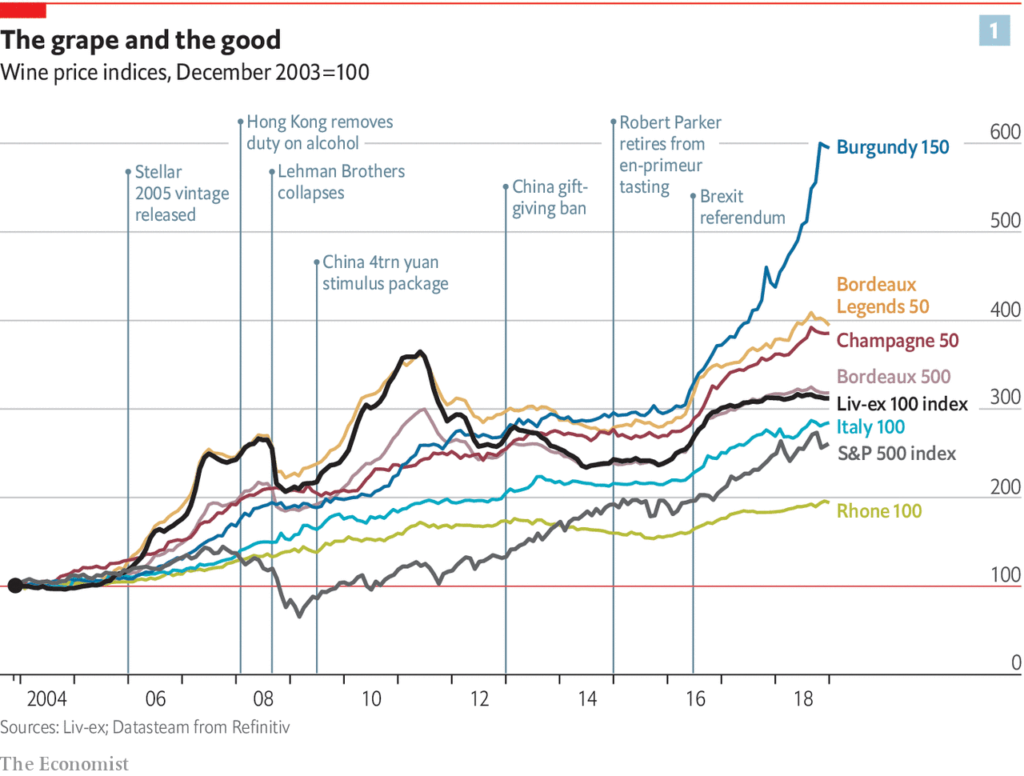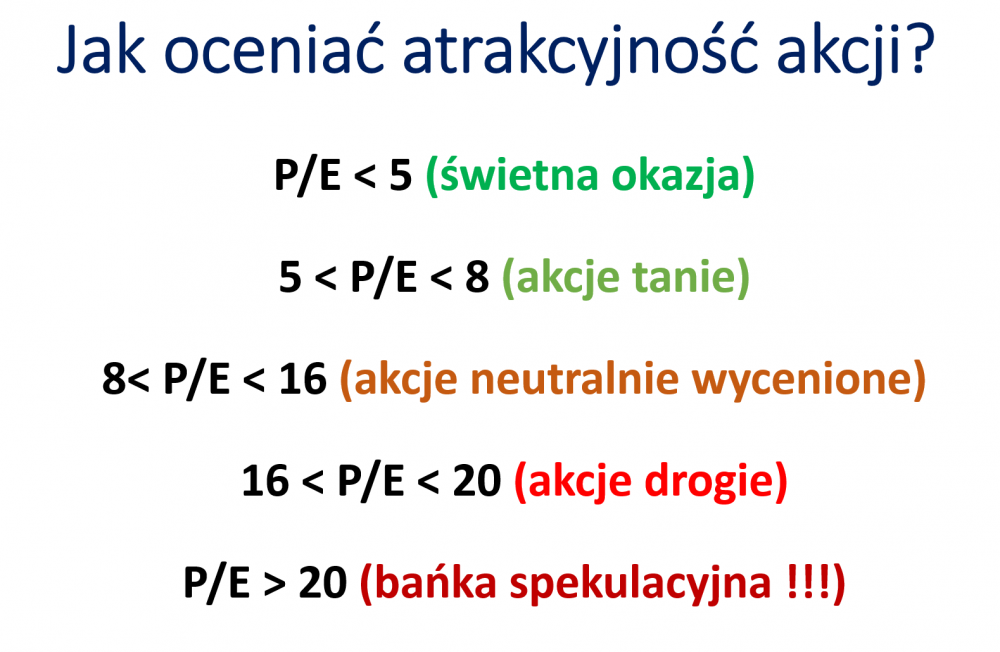W „Inteligentnym inwestorze” Ben Graham, wprowadza pana „Rynku”, który jest alegorią mającą pomóc czytelnikowi zrozumieć irracjonalne, grupowe myślenie i mentalność podejmowania działań, która może mieć miejsce na rynku akcji.
Joel greenblatt chyba najlepiej opisał to jak działa pan Rynek
„One of the greatest stock market writers and thinkers, Benjamin Graham, put it this way. Imagine that you are partners in the ownership of a business with a crazy guy named Mr. Market. Mr. Market is subject to wild mood swings. Each day he offers to buy your share of the business or sell you his share of the business at a particular price. Mr. Market always leaves the decision completely to you, and every day you have three choices. You can sell your shares to Mr. Market at his stated price, you can buy Mr. Market’s shares at that same price, or you can do nothing.
Sometimes Mr. Market is in such a good mood that he names a price that is much higher than the true worth of the business. On those days, it would probably make sense for you to sell Mr. Market your share of the business. On other days, he is in such a poor mood that he names a very low price for the business. On this days, you might want to take advantage of Mr. Market’s crazy offer to sell you shares at such a low price and to buy Mr. Market’s share of the business. If the price named by Mr. Market is neither very high nor extraordinarily low relative to the value of the business, you might very logically choose to do nothing.
In the world of the stock market, that’s exactly how it works. The stock market is Mr. Market! If, according to the daily newspaper, General Motors is selling for $37 each, you have three choices: You can buy shares in General Motors for $37 each, you can sell you shares in General Motors and receive $37 each, or you can do nothing. If you think GM is really worth $70 per share, then you might consider $37 a ridiculously low price and decide to buy some shares. If you think GM is really worth only $30 or $35 per share (and you happen to own some shares), you might decide to sell to “Mr. Market” at $37. If you think each share of General Motors is worth between $40 and $45 per share, you may decide to do nothing. At $37 per share, the price is not at a big enough discount for you to buy, nor is $37 a generous enough offer to make you want to sell. In short, you are never required to act. You alone can choose to act only when the price offered by Mr. Market appears very low (when you might decide to buy some shares) or extremely high (when you might consider selling any shares you own to Mr. Market”
Zastanówmy się, co pan Rynek pokazał nam w 2022 i uczmy się na błędach.
Lekcja 1 ” Akcje i obligacje mogą spadać w tym samym czasie”
W 2022 r. portfel 60/40 akcji i obligacji stanowił solidną strategię dla zrównoważonego inwestora. Czterdzieści lat spadających stóp procentowych i łagodnej inflacji stanowiło ogromny wiatr w plecy dla inwestorów 60/40.
Nawet w przypadku rynków niedźwiedzia, takich jak lata 2000-2002 i 2008-2009, portfel ten osiągał wysokie stopy zwrotu przez bardzo długi okres. Obligacje zapewniały również potrzebną dywersyfikację w czasach zwiększonego ryzyka dla akcji. Wszystko to zmieniło się jednak w tym roku i według noty badawczej (patrz wykres poniżej) Bank of America, portfel 60/40 znajduje się obecnie w fazie największego maksymalnego spadku w ciągu ostatnich 100 lat. Bardzo wysoka inflacja w połączeniu z rosnącymi stopami procentowymi spowodowała w tym roku duże straty na obligacjach, a akcje oficjalnie znajdują się na rynku niedźwiedzia. To zła wiadomość i ważna lekcja dla inwestorów dotycząca dywersyfikacji poza akcje i obligacje.





